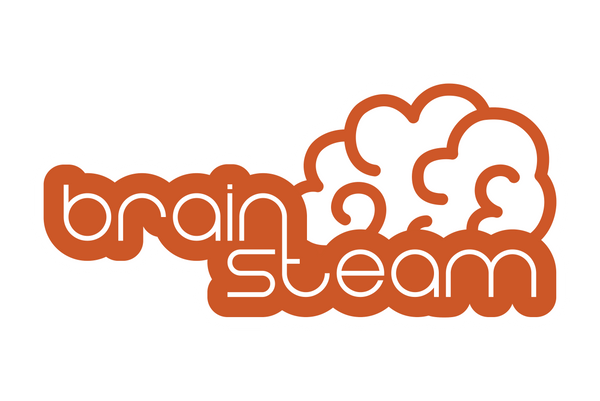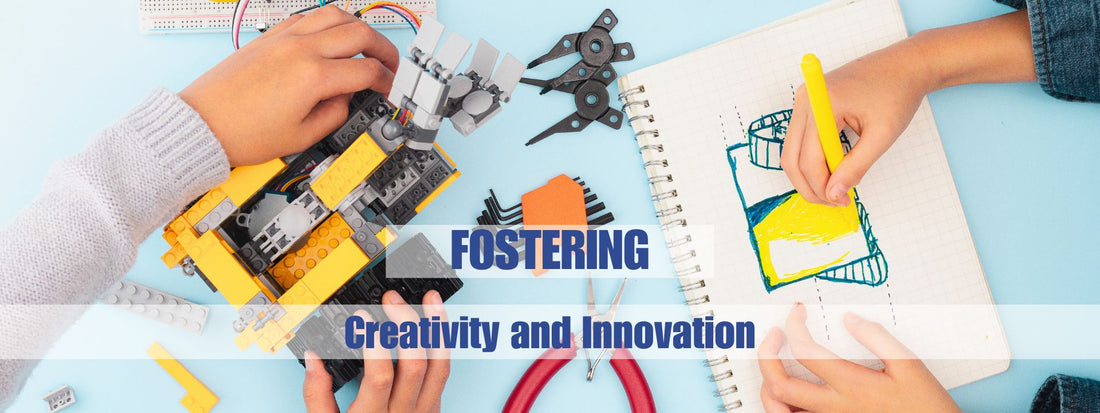- Introduction
- Understanding STEAM Education
- Integrating Arts into STEM: Why it Matters
- Benefits of STEAM Education
- Examples of STEAM Education Initiatives
- Challenges and Solutions
- Conclusion
- Introduction
In recent years, there has been a significant shift in educational paradigms towards interdisciplinary approaches that blend Science, Technology, Engineering, and Mathematics (STEM) with Arts, leading to the emergence of STEAM education. This article explores the significance of STEAM education in fostering creativity and innovation within STEM learning environments.
- Understanding STEAM Education
STEAM education expands upon the traditional STEM disciplines by integrating the arts, including visual arts, music, theater, and literature. It emphasizes the importance of creativity, critical thinking, collaboration, and problem-solving skills, essential for success in today's rapidly evolving global economy.
- Integrating Arts into STEM: Why it Matters
The inclusion of arts in STEM education provides students with opportunities to approach problems from multiple perspectives, encouraging divergent thinking and imaginative solutions. For instance, incorporating design principles into engineering projects allows students to consider aesthetics alongside functionality, resulting in more user-friendly and innovative solutions.
- Benefits of STEAM Education
STEAM education offers a myriad of benefits to students, educators, and society as a whole. It nurtures creativity and innovation, equipping students with the skills necessary to thrive in the 21st-century workforce. Moreover, it fosters a deeper understanding of complex concepts by engaging students in hands-on, project-based learning experiences.
- Examples of STEAM Education Initiatives
Numerous initiatives worldwide exemplify the effectiveness of STEAM education in cultivating creativity and innovation. For instance, the "STEAM for All" program in schools integrates art and design thinking into STEM curricula, resulting in increased student engagement and academic achievement. Similarly, STEAM-focused summer camps and workshops provide students with opportunities to explore their interests in interdisciplinary fields.
- Challenges and Solutions
Despite its benefits, implementing STEAM education poses challenges, including limited resources, time constraints, and resistance to change within educational systems. However, collaborative efforts between educators, policymakers, and industry partners can address these challenges by advocating for increased funding, professional development opportunities, and curriculum integration support.
- Conclusion
In conclusion, STEAM education represents a transformative approach to learning that empowers students to become creative thinkers, problem solvers, and innovators. By integrating arts into STEM disciplines, educators can foster a culture of curiosity, exploration, and experimentation, preparing students for success in an increasingly complex and dynamic world.
Through the examples provided and the understanding of the benefits and challenges, it becomes clear that STEAM education is not just a trend but a fundamental shift in educational philosophy, emphasizing the holistic development of individuals equipped to tackle the challenges of the future.

